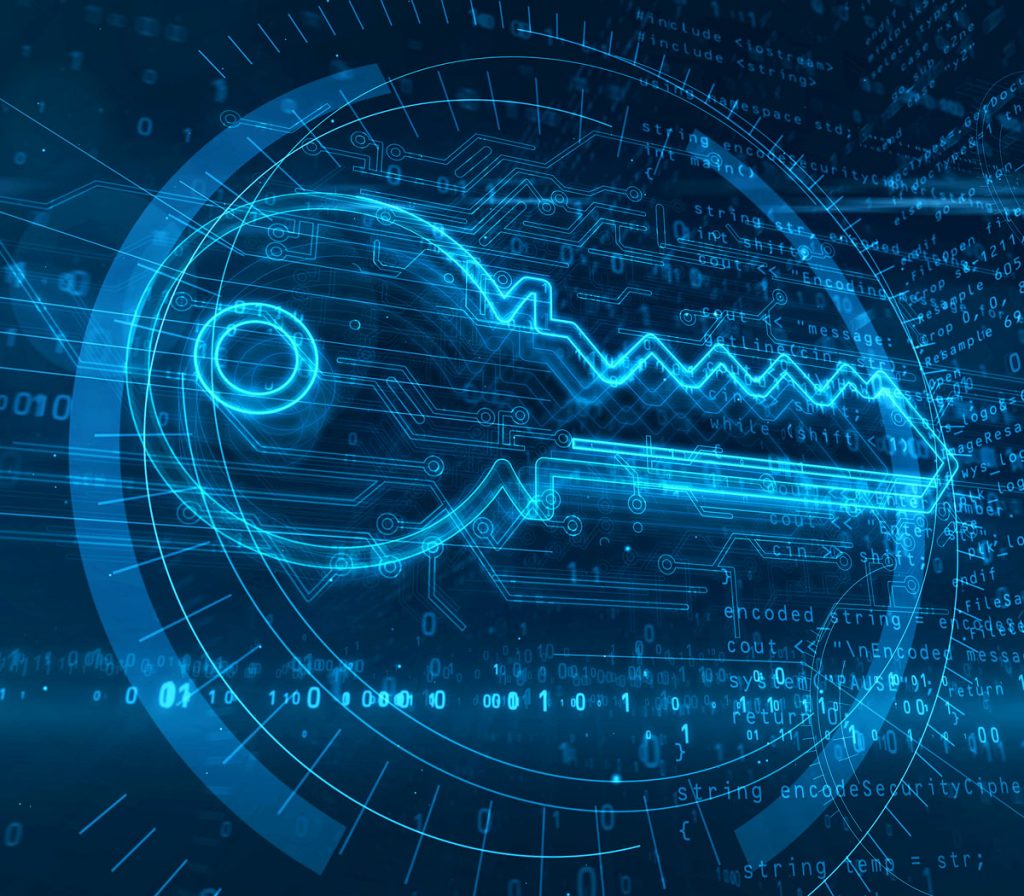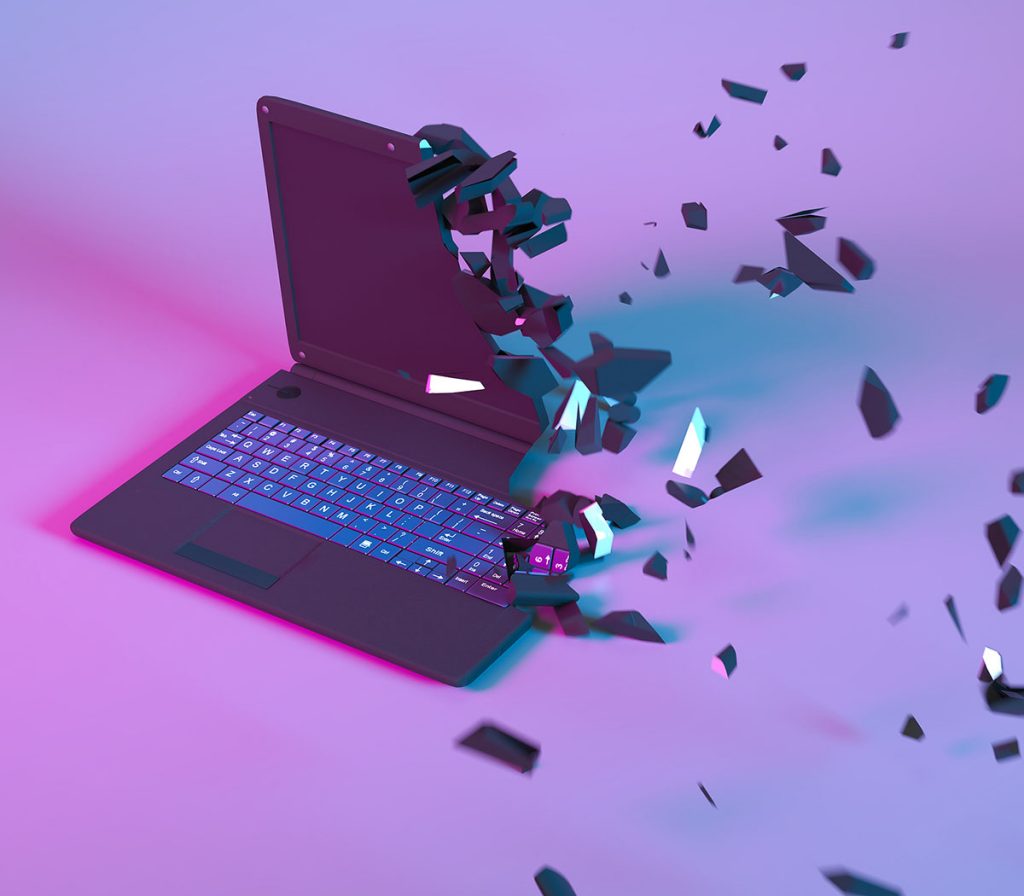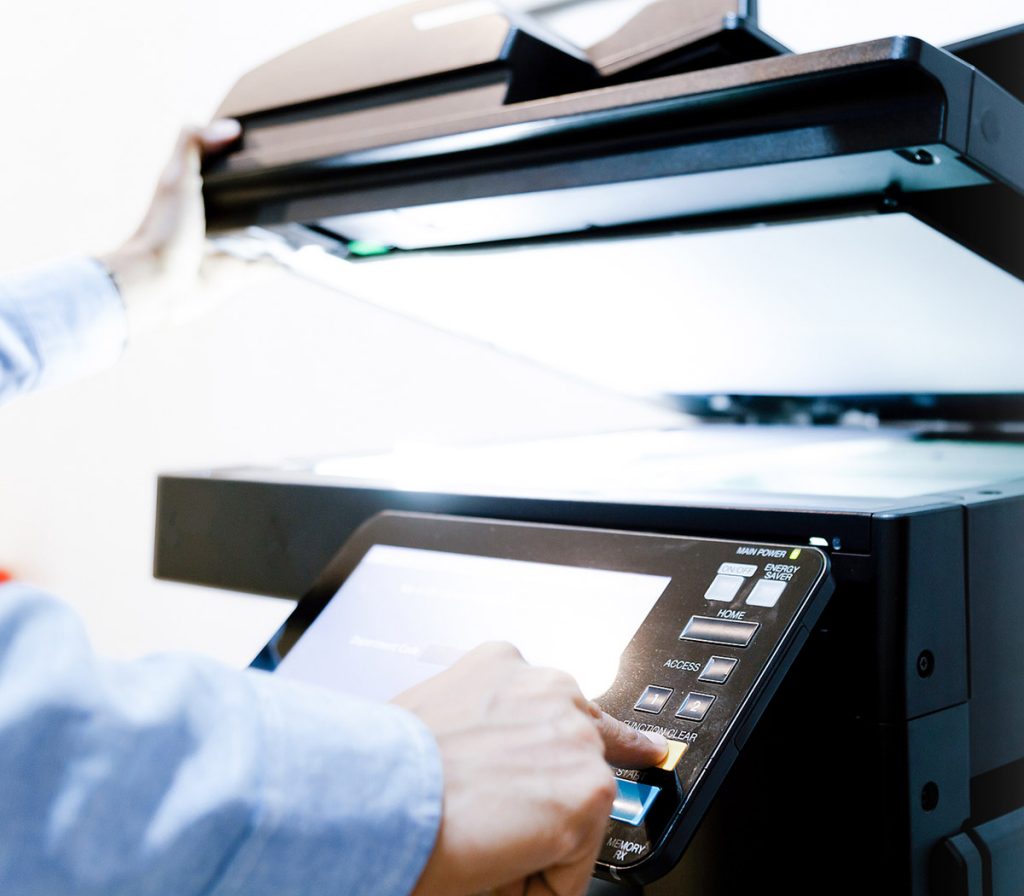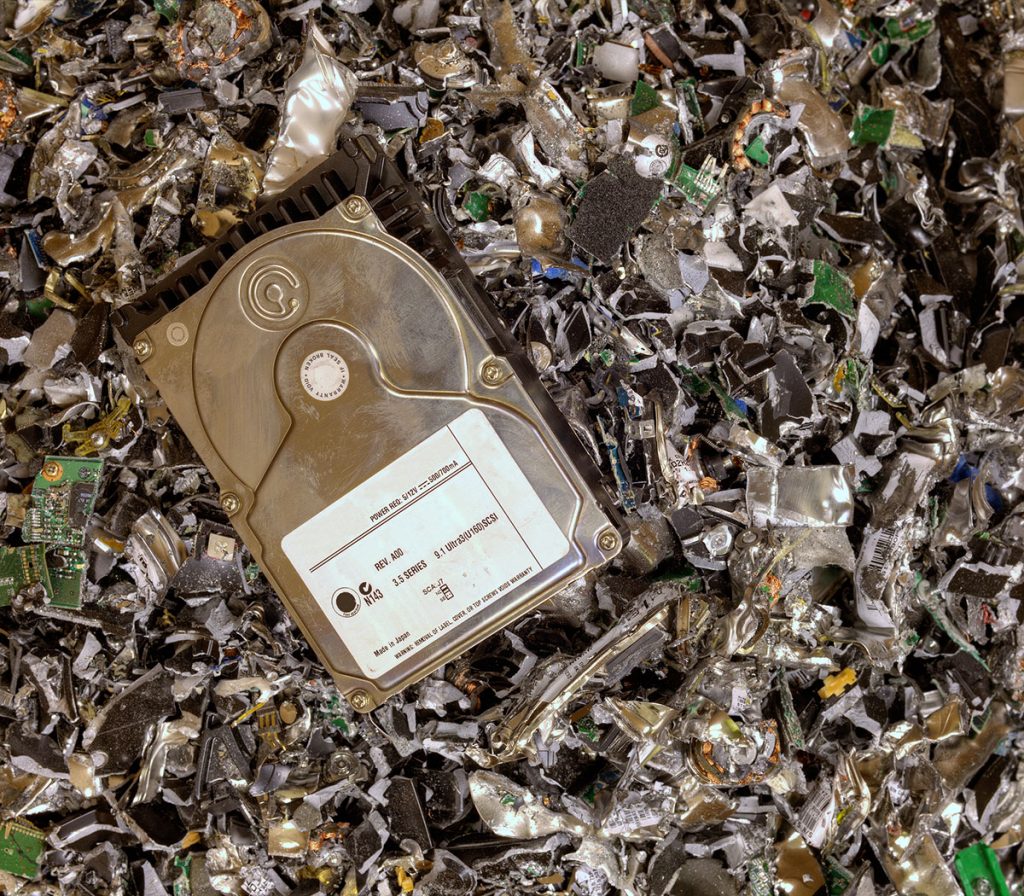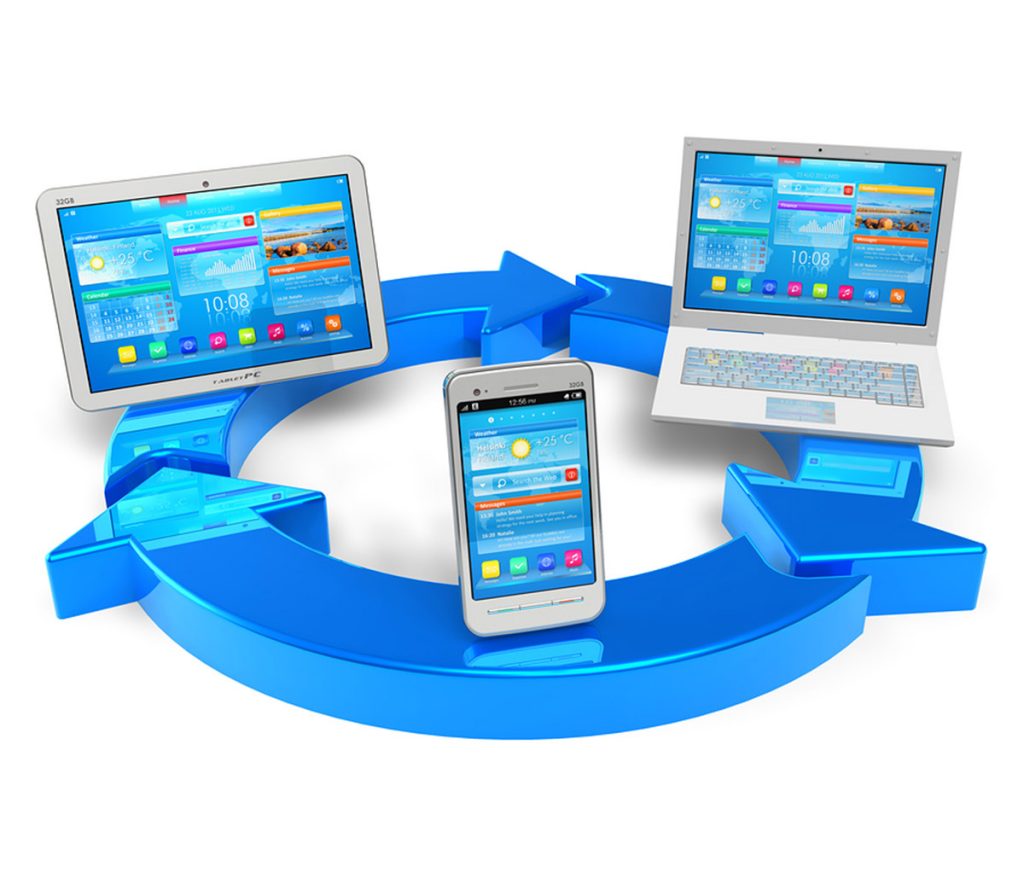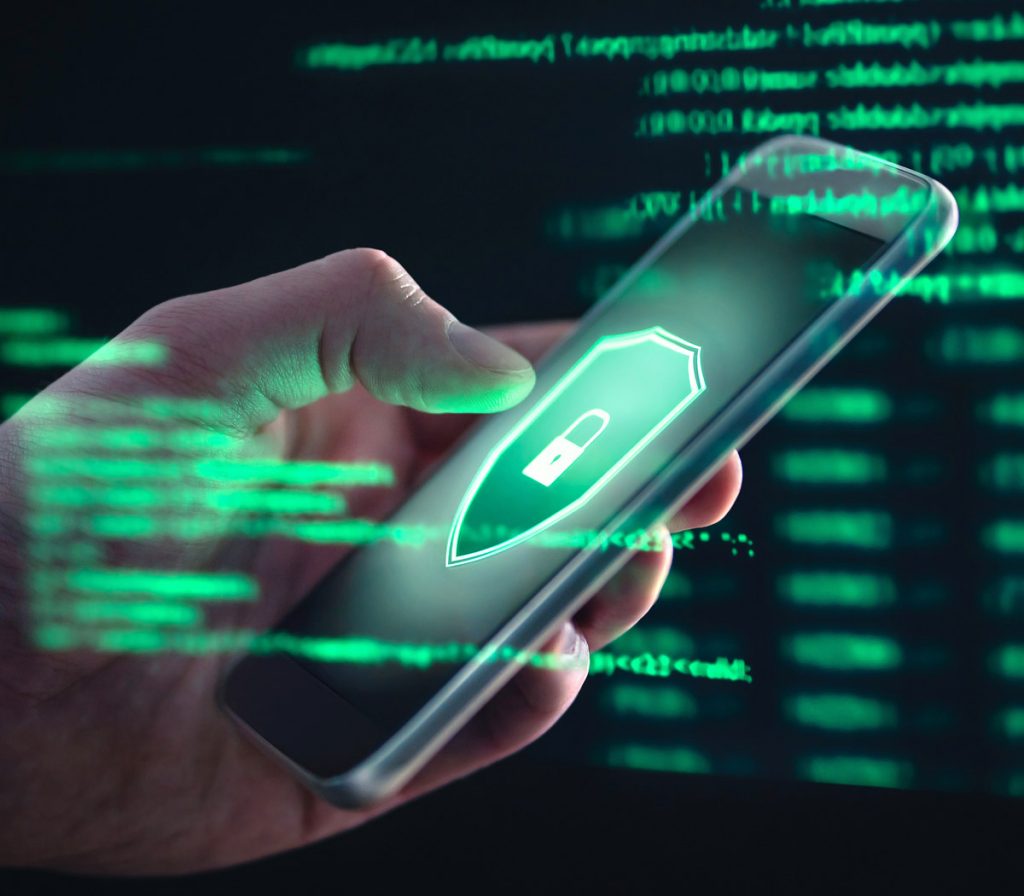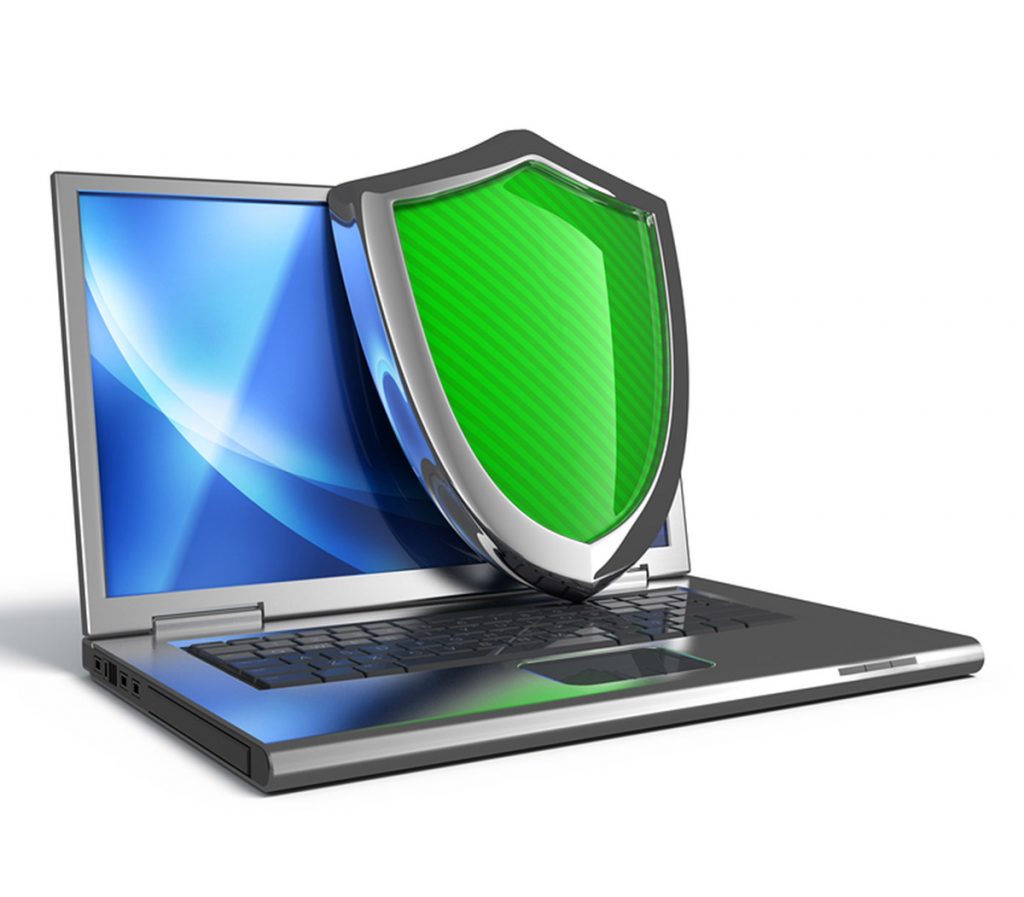Latest updates:
Most read articles:
Featured reports:
How safe is your data?
What to do with old hardware when renewing your IT assets? Data on used hardware is an underestimated security risk.
Are you aware of the risks of devices leaving your premises with stored data? Are you sure that all of your data carriers are correctly sanitized? Are those sanitizations efficient and effective, and at what level can you prove it? The risks involved with used data storage devices is quite different to cybersecurity risks. It is the difference between the online world and the offline world.
Used IT equipment and parts travel the world and any data stored on them waits patiently. Sooner or later that data can easily fall into the wrong hands. It might be company data, user information, network access information, or private information stored by the last user. This is useful to hackers and also violates legislation such as the GDPR. Destabilization, espionage, sabotage, and under certain conditions, cybercrime are the main threats. Your data is not stored only in your central data warehouse. The number and types of data storage devices are multiplying and many of them are not well identified. In many cases, sanitization processes and methods are missing or incomplete. Thorough verification and end checks are rarely performed.
A good security policy starts with awareness. Relevant information in this underexposed, fractured niche is not easy to find. This site will help you to stay safe and compliant with relevant information and provide insight on secure data sanitization.
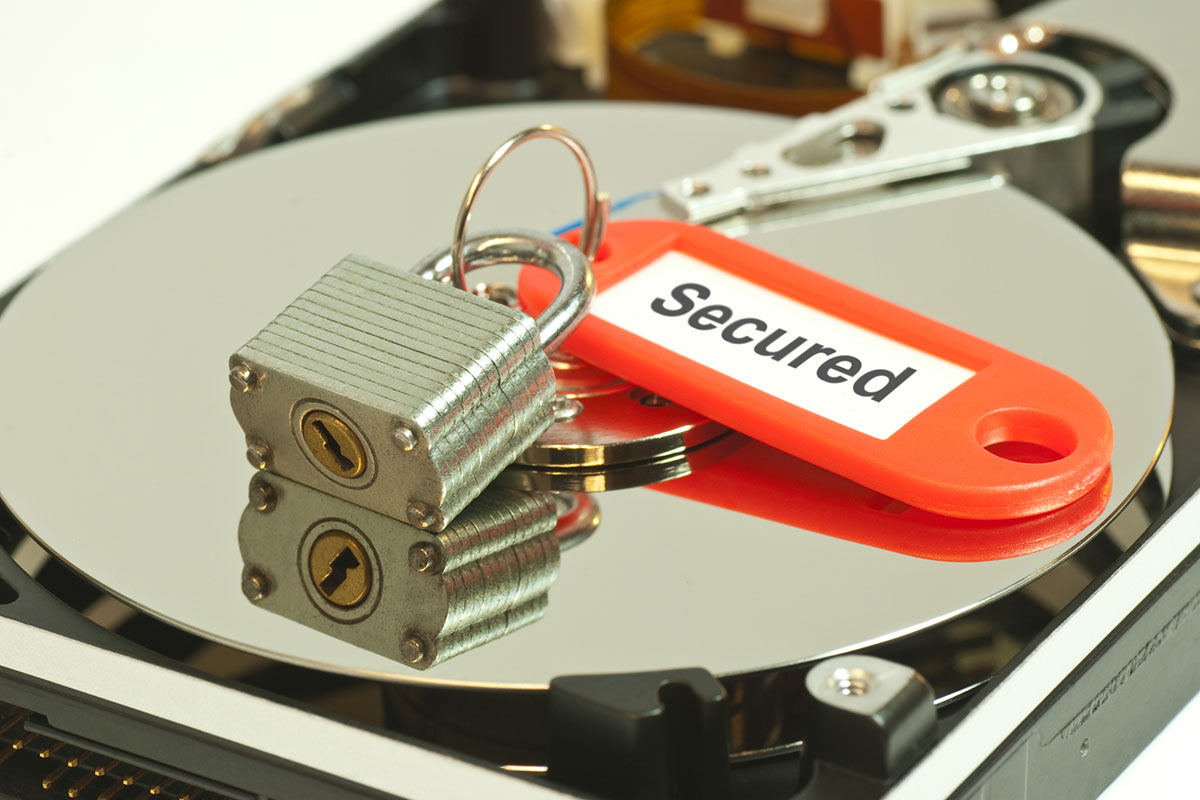
Projected annual industry volume from 2022
About
IT-Responsible is for managers in charge of IT Systems/IT Asset Management, Procurement, Security, and others who responsibly organize the disposal processes of obsolete hardware.
Our focus is to help you to ensure and prove that no unauthorized data will leave your organization. In many cases, risk of data breach through obsolete data carriers is systematically underestimated and its prevention a low priority.
Data storage is growing exponentially with the need to store more and more data and an increasing number of devices which store this data. Complexity is increasing due to multiple new types of data carriers and technical innovations. Quick fixes are no longer available: if some time ago you selected a certified solution for sanitizing HDDs, it is very likely that today it will no longer suffice.
Available information about this subject is mostly fragmented, outdated, or even biased when it comes from manufacturers or software editors. IT-Responsible is aimed to facilitate End Of Life data protection by providing concise, practical information and tools to those in charge – regardless of if you are work for a small or large organization (public or private) or if you handle low interest or top security data.

